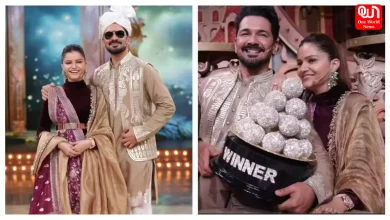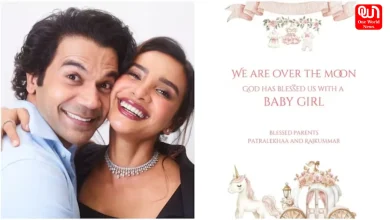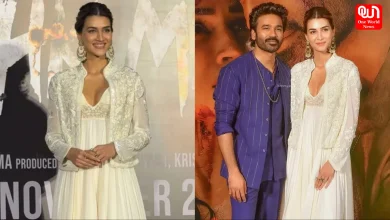Colour as a stylistic element: How Colours are Being Used in Contemporary Hindi cinema to Create New Meanings

How colour acts as an element in contemporary Hindi cinema
Colour is one of the most significant elements of contemporary, visual storytelling. It is known that each colour symbolises some emotion and with the change of colour and tone, there comes a drastic change in how we see and perceive the stories. While there are certain directors who are known for using colours efficiently and effectively, for example, Wes Anderson, there are certain films and scenes who have come to use colours in a highly symbolic and creative manner. Let’s take a look at a few of them.
Bajirao Mastani

Bajirao Mastani is a film that is extremely yellow from the first frame. There is always a shade of yellow that has prevailed in every frame of the film as a symbol of passion, pride, wealth, wisdom and prosperity at different times and different paces. We start with a paler shade of yellow, move to a darker yellowish – golden shades as the emotions start to enforce. And with the love Bajirao and Mastani becoming unconditional, we see a change in the colour of their clothing. And in the end, when Rao has to leave for the war, and Mastani is all in passion and love. She is seen in a deep red attire while Rao is in a darker shade with elements of red in his attire, The colour tone of the frames are darker unlike the other.
Read more: Revisiting the symbolism with Mirrors and glasses created by the queen director Zoya Akhtar
Tumbbad

The film starts with extreme blueness, which is generating suspense, and the darker shade of it is making the audience put behind in the thought that something is about to happen and the happening is not pleasing, which is complemented by the sound of thunder and rain along with the darkness. Hastar, which is a symbol of prosperity, would have conveniently be made in yellow, yet to balance the element of danger, Hastar is red, dangerous.
Kesari

Kesari is a film with every frame being extremely low on contrast and saturation. Almost every frame is of the colour of Mitti (dust) which is in the plot of the story. Yet, as the film progresses, the dust colour of the turban changes into orange while the rest of the things in the frames remain to be paler and saturated. The increasing orange or Kesari (safron) colour is a classic symbol of nationalism in India and is intensified as the film progresses.
Tamasha

Tamasha is a film that revolves around a spectrum of emotions and so did the colours of the film. The film starts with a happy and positive note where both the characters are at their happiest, and hence, from their clothing to their atmosphere, all are kept extremely colourful and vibrant. As Ved comes back to his normal, corporate life, the paleness of his life is put in every frame as every frame is almost of lighter and paler shade. As we move forward, when Tara is passionately in love and Ved is vulnerable, Tara’s passion comes with the redness given to her where Ved is in white attire.
Bhonsle

How discolouration can add life to a film is something to watch in Bhonsle. The film is certainly like something which is shot in Raw mode and put as it is, without any colour grading and filling. The film is extremely colourless and hence suits the mood of the film and the character.
Have a news story, an interesting write-up or simply a suggestion? Write to us at info@oneworldnews.com







